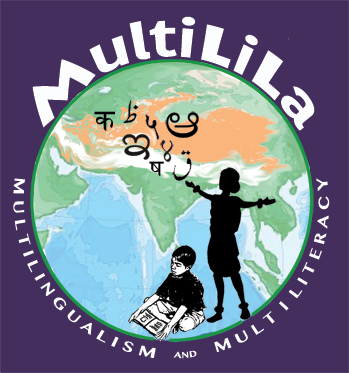How Ready Are Indian Primary School Children for English Medium Instruction? An Analysis of the Relationship between the Reading Skills of Low-SES Children, Their Oral Vocabulary and English Input in the Classroom in Government Schools in India
Jeanine Treffers-Daller, Lina Mukhopadhyay, Anusha Balasubramanian, Vasim Tamboli and Ianthi Maria Tsimpli
Applied Linguistics, 16 February 2022
(https://doi.org/10.1093/applin/amac003)
Abstract
The aim of the study was to find out to what extent low socio-economic status (SES) children enrolled in government-run primary schools in Hyderabad are ready to receive instruction through the medium of English (English medium instruction [EMI]). To this end we investigated children’s oral vocabulary skills, the lexical complexity of their textbooks, as well as the amount of English input they receive in class. A subsample of 90 children from primary school Grades 4 and 5 who opted to carry out a story retelling task in English rather than in Telugu took part in the study. Results reveal that the children’s oral vocabulary levels are far below the levels required to read the textbook materials. The lexical diversity of the children’s stories as analysed with the Index of Guiraud was also a significant predictor of their reading comprehension scores. We conclude that children from low-SES enrolled in government schools are not ready for EMI, and call for further investigation into the levels of English vocabulary knowledge that are needed for EMI.

